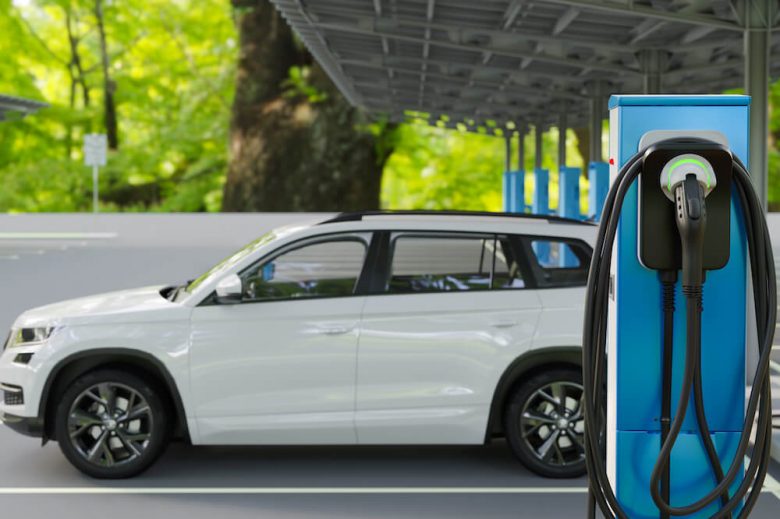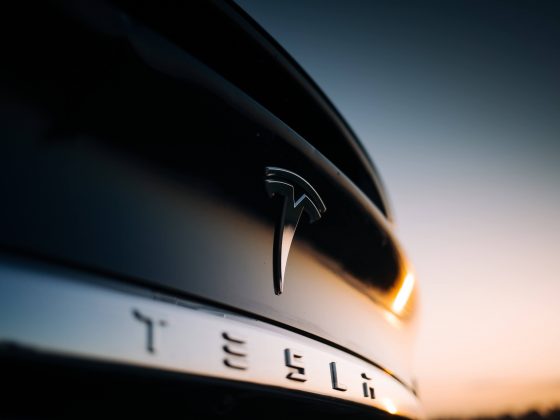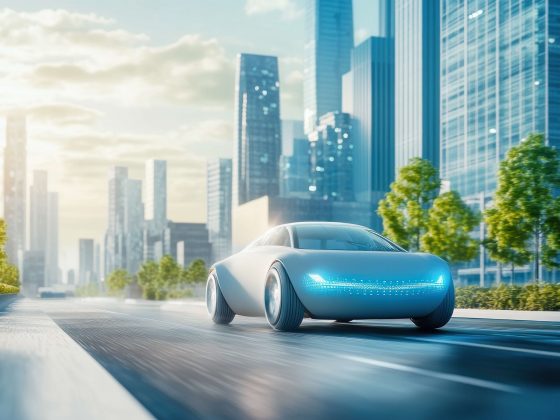Electric vehicles come in many different shapes and sizes these days. No longer do you have to pick a Prius or Tesla. EVs are both cheaper and more accessible since virtually every automaker has an electric car version in their lineup. Automakers like General Motors, Lexus, and Jaguar have ambitious plans for an electric future. But there’s still a whole lot of range anxiety: the buzzword with its very own Wikipedia page.
Use eTags© to Quickly Complete Your DMV Service. Renewals, Title Transfers and More, All Online!
The more you speed up, the more you’re depleting your EV’s battery
EV range isn’t just about distance. There are several factors to consider before finding the right range for you and your driving needs. Research shows cruising over 65mph in an electric car significantly reduces its efficiency. The more the electric motor has to keep up with you behind the wheel, the quicker your electric battery depletes.
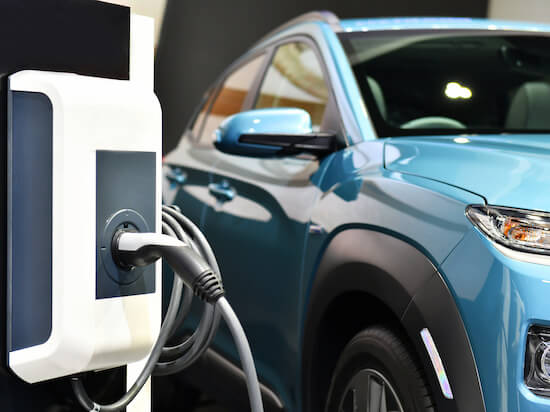
TechiAi reports: a battery electric Leaf from Japanese automaker Nissan cost $6,600 more than it’s shorter-ranged compact model with 149-mile-range
According to Teslike, a 2019 Tesla Model 3 Standard Range driven at 65 mph has a range of 243 mph. That range drops to 166 mph at 80 mph speed. For older models, the range decrease is even more dramatic. A 2014 Tesla Model S goes from 305 mph (at 55 mph) to 199 mph when driven at 80 mph.
And while we’re on the subject of speeding, how quickly you accelerate as a driver also makes a difference in range. Electric cars tend to use both traditional braking and regenerative braking, so while your EV comes to a stop, it simultaneously regenerates some of the electricity used to speed up. For those who are quick-footed and go just as the light turns green, know that the habit will cost you in EV range. Basically, if you like to slam on the brakes, be ready to buy an electric vehicle with tons of range even though your commute doesn’t warrant it.
It’s not all short-range, long-range; it’s also weight
It may be obvious, but still worth mentioning. The bigger your registered electric vehicle, the heavier the battery or battery pack inside. An EV battery can weigh over 1,000 lbs. and doesn’t get lighter as you drive and electricity “empties out.” The old EV1 battery from GM came in at 1,175 lbs, while the entire vehicle weighed 3,000 lbs. GMC’s Hummer EV Edition 1 had a battery of over 9,000 lbs. That’s three times heavier than three compact (internal combustion engine) cars.
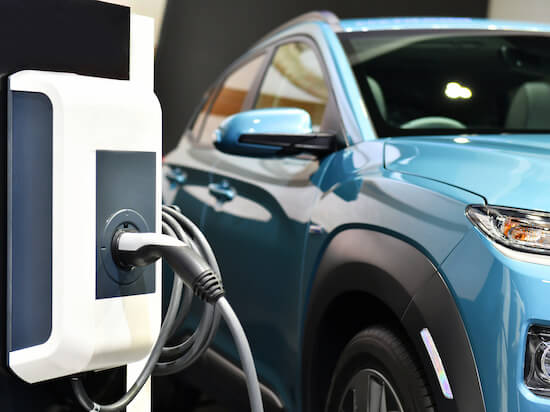
A traditional gas-powered car drives about 395 miles on one tank of gasoline
There’s plenty of work being done behind the scenes today to lighten up that battery pack. Improved aerodynamics, lithium and hollow castings are just some of the ways an electric vehicle is lighter in 2022. Research implies if automakers reduce the weight of a car by 10%, the fuel economy would improve by 6% to 8%.
From $554 per range mile to $214 in 10 years
A decade ago, non-Tesla battery electric vehicles had a range of about 75 miles on average. By 2021, the range went up to 225 miles. During that same time, Tesla EVs went from 265 miles to 326 mph according to research from the Federal Reserve Bank of Dallas. The same data shows: the average EV cost $554 per mile of range back in 2012. By last year, that cost went down to $214.
Don’t forget the cargo, that’s more weight!
Just like with gas-powered vehicles, EVs weigh even more when you have a ton of cargo in the back. So if your driving habits include lots of baggage on a regular basis like kids’ sports equipment, work-relates tools, or if you deliver groceries as a side-gig, or drive for a ride-share app, know that it impacts the amount of range you need. Remember, people count too! The more passengers, the more strain on your EV. So if you carpool regularly, or are the designated driver for the family, you may want to rethink that electric vehicle.
A Tesla Model 3 weighs close to 500 lbs. lighter than a traditional BMW 3 Series

No need to overdo it; how much do you actually drive
The average person doesn’t drive over 14,300 miles per year according to the Federal Highway Administration. That’s less than 40 miles a day. But even that average can be quite different depending on where you live. Insurance comparison site Zebra reports Rhode Island drivers clock in 9,900 miles a year. Illinois drivers clock in 12,581 miles on the road. For New Yorkers, it’s just a tad over 10,000 miles behind the wheel.
Practically half of all the driving Americans do are quick runs including to-do list errands and shopping. Only 15% are of miles driven are dedicated to the work commute. If you consider under 40 miles driven a day, a 319-mile range EV will need to be charged once every six days. Try to figure out how much driving you actually do. Especially, now in a post-pandemic world, where many are working from home, or at the very least have flexible schedules.

There’s also plenty more being delivered to your doorstep, so you’re probably doing less errands in general. Remember to think about your charging preferences too. Are you relying on public charging stations? If so, are they conveniently located? Are you considering a portable charger to plug in at home? EVGo says there are over 130 million Americans who live just 10 miles to one of their charging station.
70 degrees Fahrenheit is believed to be best for EV range
One last thought: the weather
Extreme heat or cold affects how much range you get out of your electric car before you must recharge. At 5 degrees Fahrenheit (or -15) EV range goes down 54%. So if an electric vehicle is advertised at 250 miles of range, it will drop to 135 range miles when it’s that’s cold (GeoTab). At 95 degrees Fahrenheit, think Florida in August, reduces EV range by about 17%. For more on how extreme temperatures influence electric vehicle range, check out eTags article on how hot or cold weather affects miles of range.
So…what type of EV is right for you?
